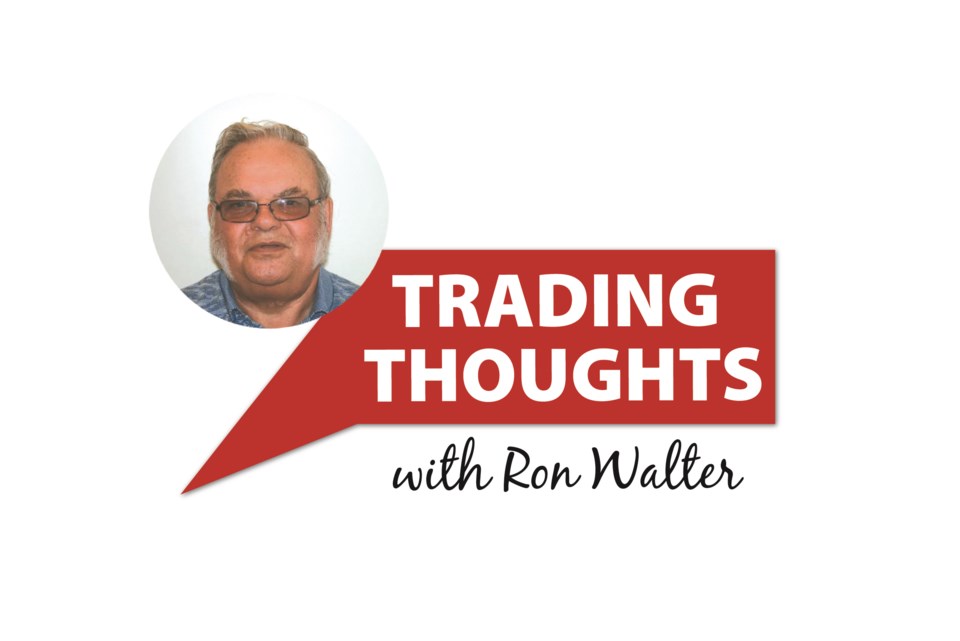Recently, Statistics Canada released a report on meat price increases from 2024 to this year.
Beef prices jumped the most, with strip loin steak up 26.8 per cent. That $17 steak at the meat counter cost just over $13 a year ago.
Pork and chicken prices rose, too, but not as much as beef
The question arises: Is there an end to higher and higher beef prices?
It seems the answer is no for the foreseeable future.
Four factors cause higher price of beef or any meat: demand, supply, price of substitutes and cost of production.
According to the experts, demand has stayed strong in the face of higher and higher prices. Although experts warn there is a price point at which consumers will say no more.
Until that breaking point is reached, demand will keep strong.
Current prices have been driven mainly by tight supplies. The Canadian cow herd is the lowest in 30 years, reducing the supply of beef.
Indeed, Canadian feeders have been importing beef to make up the deficit.
The Canadian herd has shrunk as small producers get out; young producers get out to avoid winter feeding chores; and drought in some areas has forced culling herds.
The herd size has not recovered from mad cow disease in 2003.
Herd reductions combined with population growth reduced supply, even though many new Canadians prefer pork, goat or don’t eat beef at all.
The United States cattle herd is the lowest since 1961. In that time frame U.S. human population has increased from 184 million to 345 million – another cause of higher demand and prices.
The United States Department of Agriculture predicts record beef prices in 2026 as some producers hold back female cows to breed. Prices will stay high for several years until herds and beef supply are rebuilt.
While prices will fall by 2031, they will resume climbing until 2034.
That is small comfort to the mother trying to feed her brood with their favourite protein.
The pre-COVID days of $3 a pound ground beef are long gone, replaced by $6.50 hamburgers.
When cattle prices fall, don’t expect sudden large declines at the meat counter. The margin at the meat counter accounts for about half the total cost.
The producers, the feedlot operators and the packers share the rest.
Meat is a perishable product. Selling it assumes a big risk of spoiling and loss if unsold, so the markup is high.
That markup becomes structural to the store’s income. The markup is reduced only with great reluctance and only with stiff competition.
The Canadian beef market at the retail level is not terribly competitive.
As for alternate choices — pork and chicken — they will tend to follow the direction of beef prices.
Ron Walter can be reached at [email protected]
The views and opinions expressed in this article are those of the author, and do not necessarily reflect the position of this publication.




